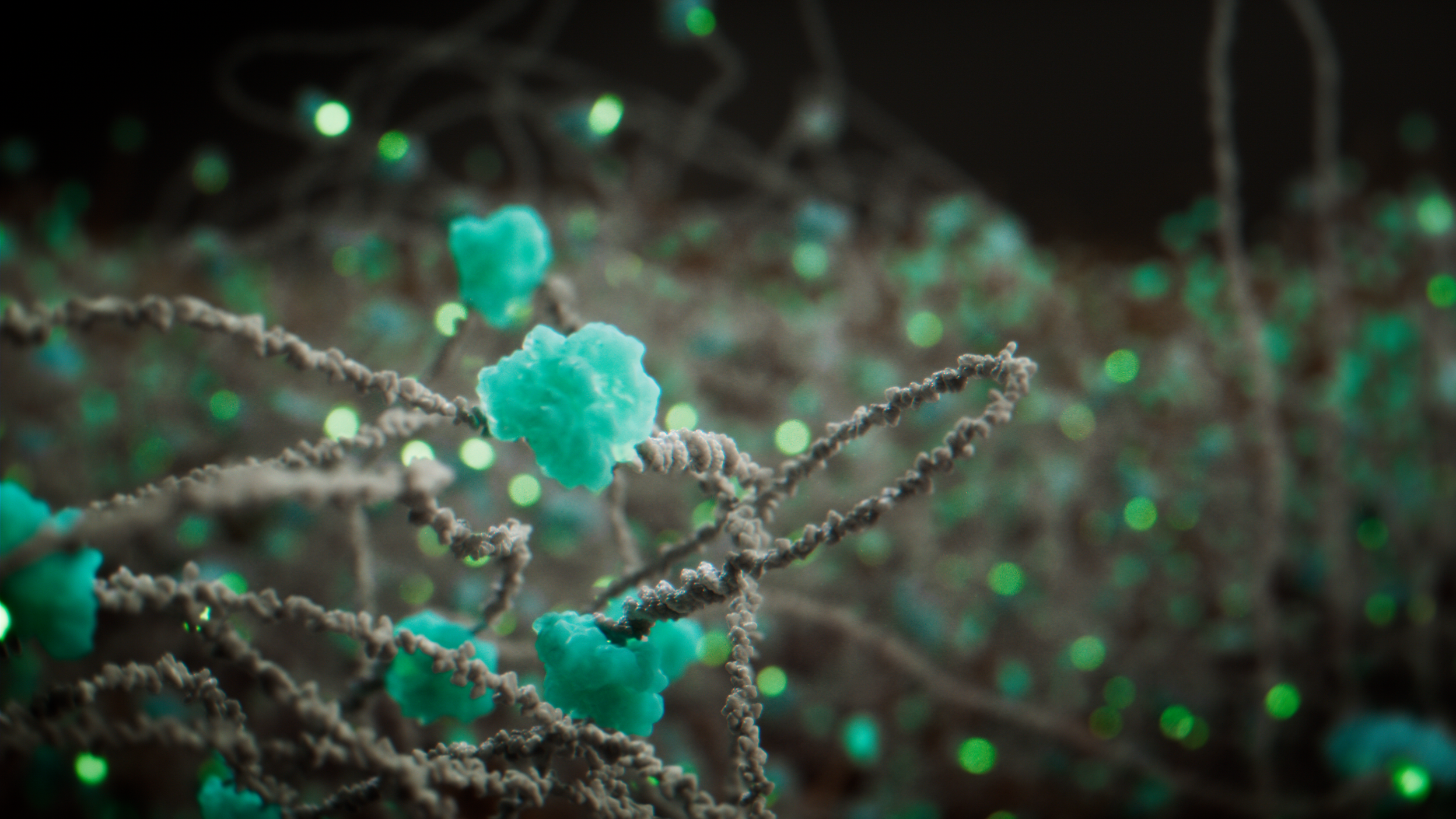ENT-01 drug Mechanism of Action


Enterin is a clinical stage biopharmaceutical company pioneering novel treatments that target the gut-brain axis and modify the course of neurodegenerative disorders.
—
$74.29M raised
Project Goal
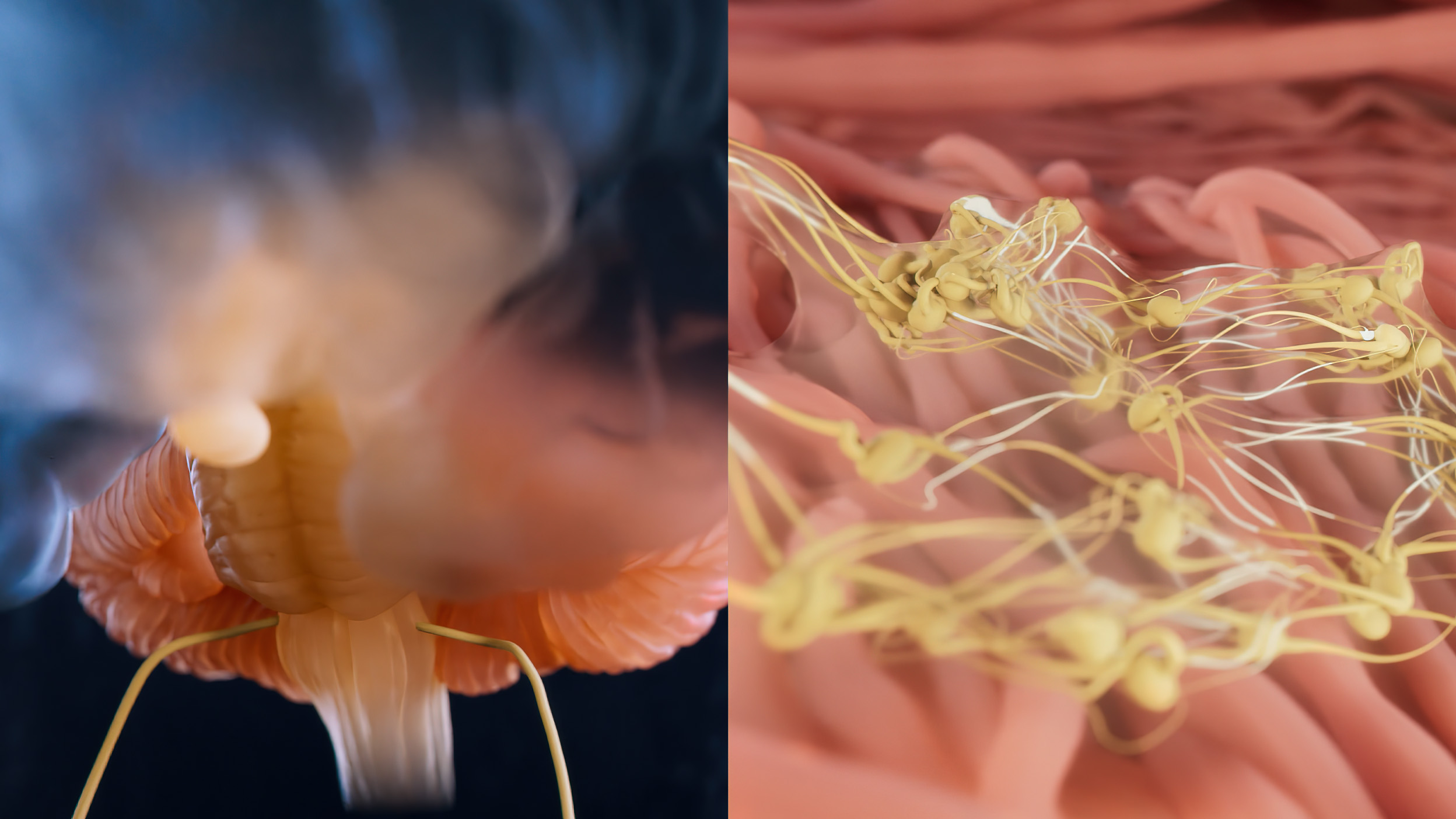
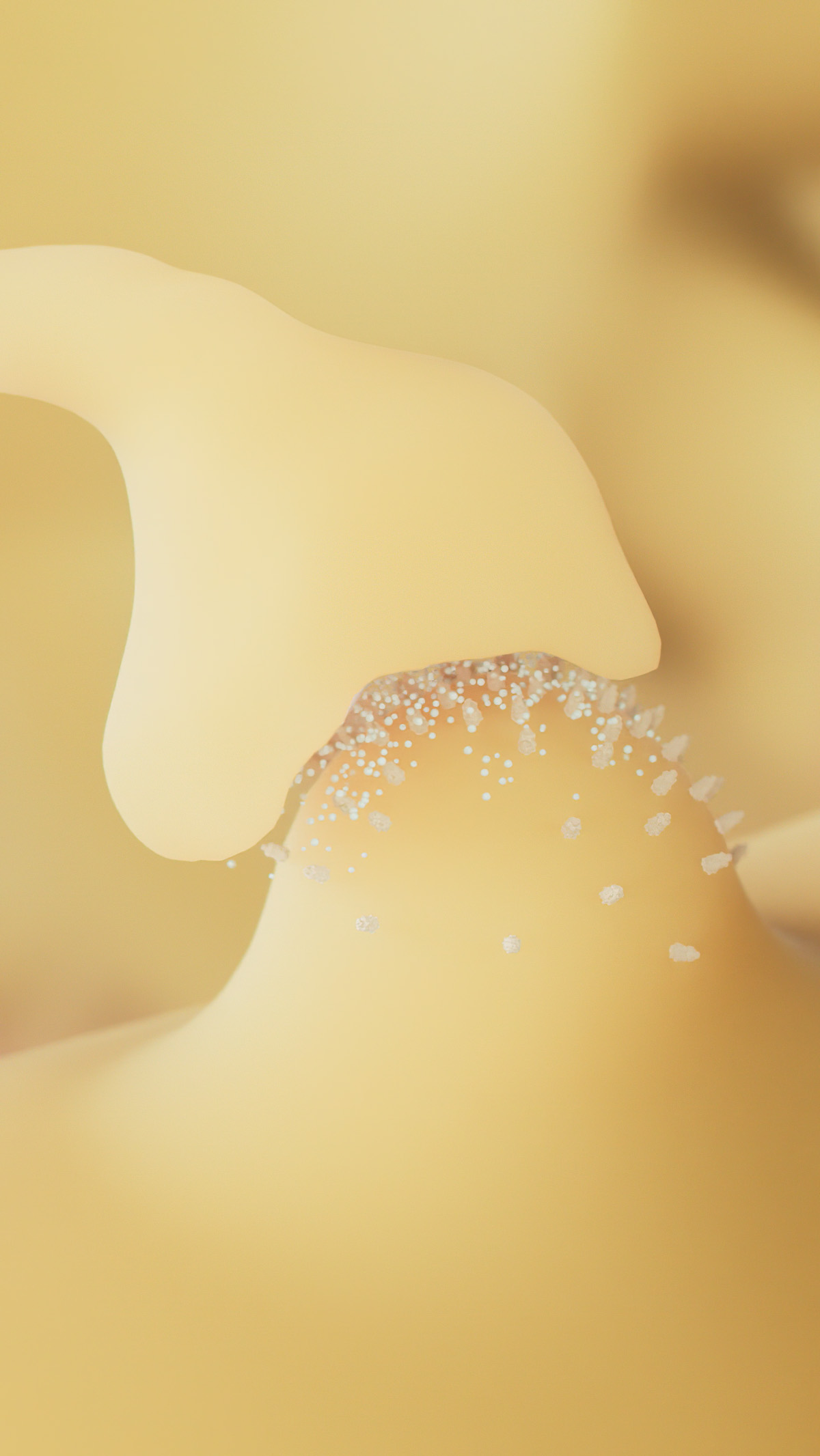
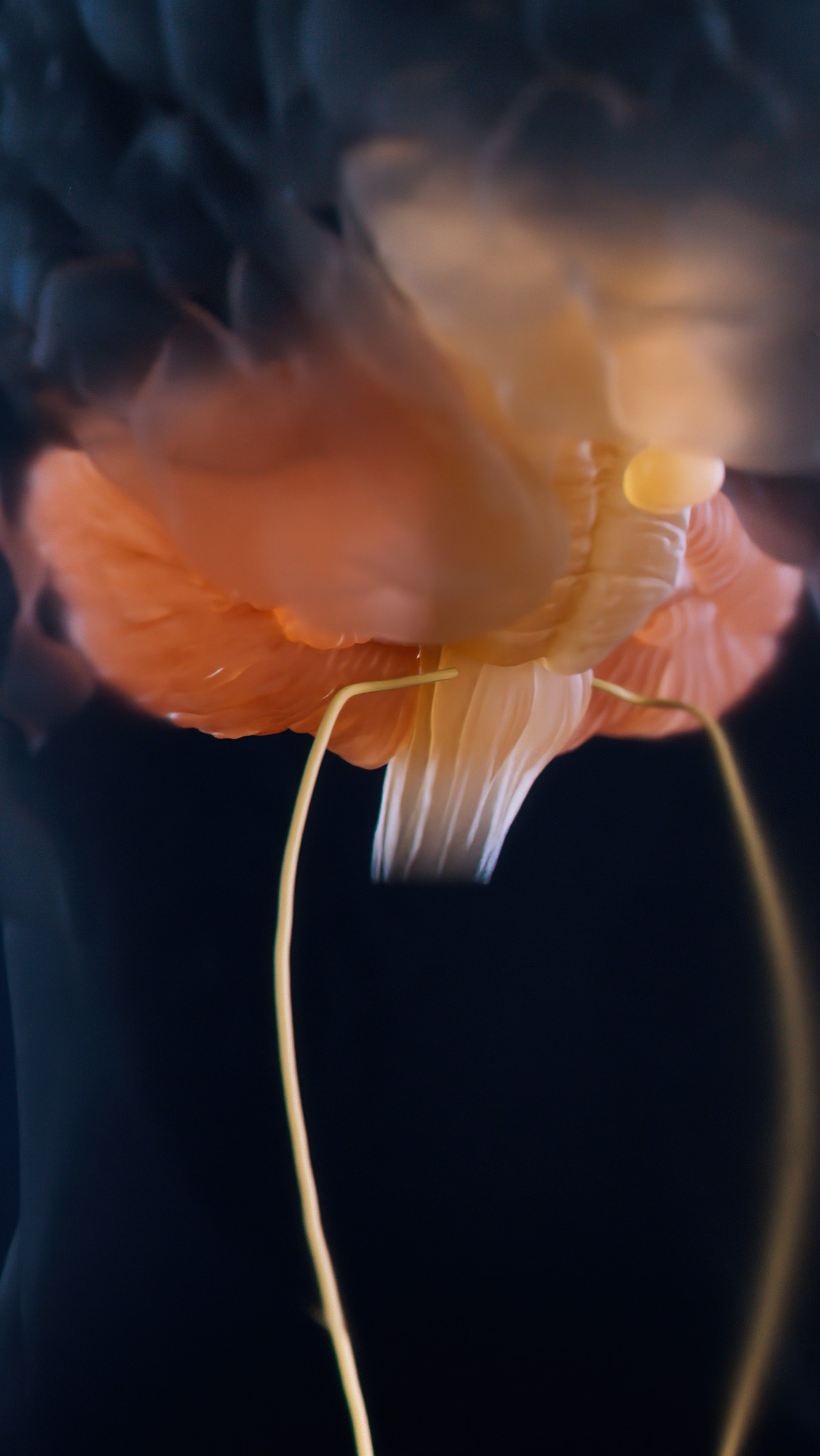
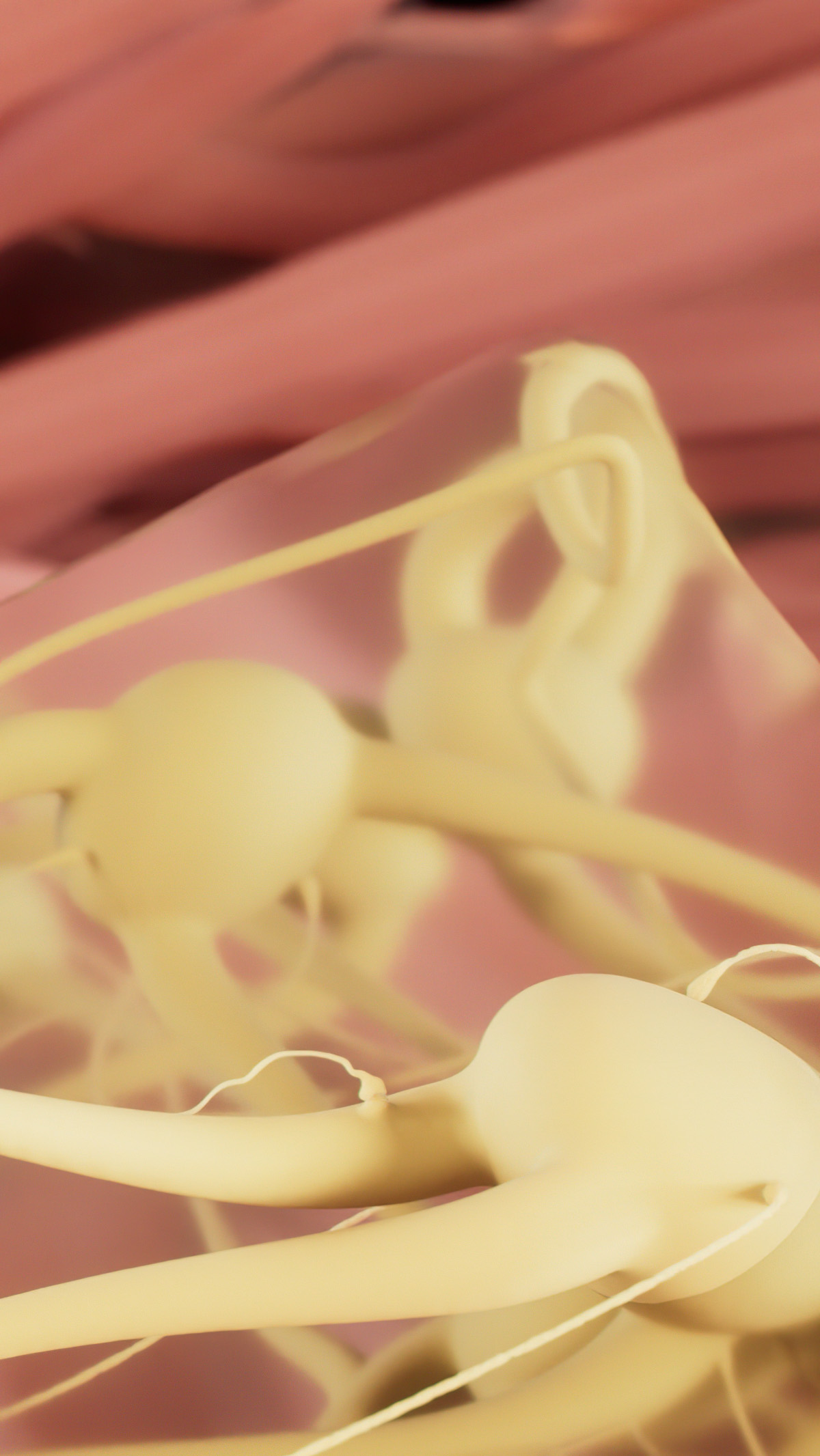
The Process


At every review stage, we implemented all minor edits based on client feedback and made the necessary adjustments. On average, a client dedicates about 5-9 hours to engover the entire project. We are flexible with communication, whether via email or Zoom calls, adapting to what suits our clients best.
Communication between the client and the Visual Science team is managed by a PhD-qualified account manager, ensuring our interactions are as smooth and efficient as possible.
Why did we use this animation type?
This animation was longer than our average project, meaning that the production was more resource-intensive. To balance our client's needs and budget, we offered a simplified 3D style, with fewer details in the cellular and molecular visualizaions. The result is still eye-catching and scientifically accurate. Simplified 3D also helps to direct the viewer's attention to the key aspects and messages without unnecessary details.
Despite the less detailed molecular and cellular models, our anatomical visualizations end up almost as detailed as regular 3D animations. The anatomical scenes required advanced 3D sculpting and animation of the peristalsis. Meanwhile, most of the models of the central nervous system were taken from the library of 3D assets which we have assembled over years of successful work. Some of the assets were reconstructed from CT scans.
Full animation
or ask your question via [email protected]




